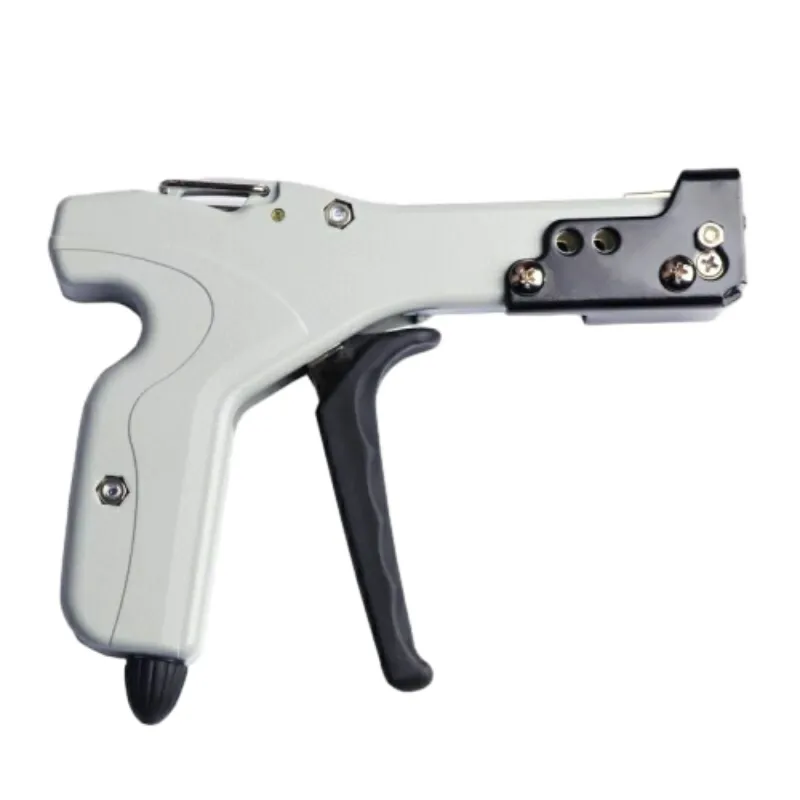
-
 Afrikaans
Afrikaans -
 Albanian
Albanian -
 Amharic
Amharic -
 Arabic
Arabic -
 Armenian
Armenian -
 Azerbaijani
Azerbaijani -
 Basque
Basque -
 Belarusian
Belarusian -
 Bengali
Bengali -
 Bosnian
Bosnian -
 Bulgarian
Bulgarian -
 Catalan
Catalan -
 Cebuano
Cebuano -
 Corsican
Corsican -
 Croatian
Croatian -
 Czech
Czech -
 Danish
Danish -
 Dutch
Dutch -
 English
English -
 Esperanto
Esperanto -
 Estonian
Estonian -
 Finnish
Finnish -
 French
French -
 Frisian
Frisian -
 Galician
Galician -
 Georgian
Georgian -
 German
German -
 Greek
Greek -
 Gujarati
Gujarati -
 Haitian Creole
Haitian Creole -
 hausa
hausa -
 hawaiian
hawaiian -
 Hebrew
Hebrew -
 Hindi
Hindi -
 Miao
Miao -
 Hungarian
Hungarian -
 Icelandic
Icelandic -
 igbo
igbo -
 Indonesian
Indonesian -
 irish
irish -
 Italian
Italian -
 Japanese
Japanese -
 Javanese
Javanese -
 Kannada
Kannada -
 kazakh
kazakh -
 Khmer
Khmer -
 Rwandese
Rwandese -
 Korean
Korean -
 Kurdish
Kurdish -
 Kyrgyz
Kyrgyz -
 Lao
Lao -
 Latin
Latin -
 Latvian
Latvian -
 Lithuanian
Lithuanian -
 Luxembourgish
Luxembourgish -
 Macedonian
Macedonian -
 Malgashi
Malgashi -
 Malay
Malay -
 Malayalam
Malayalam -
 Maltese
Maltese -
 Maori
Maori -
 Marathi
Marathi -
 Mongolian
Mongolian -
 Myanmar
Myanmar -
 Nepali
Nepali -
 Norwegian
Norwegian -
 Norwegian
Norwegian -
 Occitan
Occitan -
 Pashto
Pashto -
 Persian
Persian -
 Polish
Polish -
 Portuguese
Portuguese -
 Punjabi
Punjabi -
 Romanian
Romanian -
 Russian
Russian -
 Samoan
Samoan -
 Scottish Gaelic
Scottish Gaelic -
 Serbian
Serbian -
 Sesotho
Sesotho -
 Shona
Shona -
 Sindhi
Sindhi -
 Sinhala
Sinhala -
 Slovak
Slovak -
 Slovenian
Slovenian -
 Somali
Somali -
 Spanish
Spanish -
 Sundanese
Sundanese -
 Swahili
Swahili -
 Swedish
Swedish -
 Tagalog
Tagalog -
 Tajik
Tajik -
 Tamil
Tamil -
 Tatar
Tatar -
 Telugu
Telugu -
 Thai
Thai -
 Turkish
Turkish -
 Turkmen
Turkmen -
 Ukrainian
Ukrainian -
 Urdu
Urdu -
 Uighur
Uighur -
 Uzbek
Uzbek -
 Vietnamese
Vietnamese -
 Welsh
Welsh -
 Bantu
Bantu -
 Yiddish
Yiddish -
 Yoruba
Yoruba -
 Zulu
Zulu


Dec . 17, 2024 21:17 Back to list
variable speed winch
Variable Speed Winch Enhancing Efficiency and Versatility
In the world of mechanical engineering and heavy lifting, winches play a crucial role in various industrial applications. Among the different types of winches available, variable speed winches have emerged as a game-changer, offering enhanced efficiency, flexibility, and control. With their ability to adjust speed and power output dynamically, variable speed winches cater to a wide range of applications, from construction and shipping to oil and gas industries.
One of the most significant advantages of a variable speed winch is its ability to provide precise control over the lifting and pulling processes. Traditional winches operate at a fixed speed, which can be limiting in complex lifting scenarios. Conversely, variable speed winches allow operators to adjust the speed according to the specific requirements of the task at hand. This capability is particularly useful in scenarios where delicate or heavy loads need to be moved. For example, when lifting an unusual-shaped object, operators can slow down the winch to ensure that the load is handled carefully, minimizing the risk of damage or accidents.
Furthermore, variable speed winches enhance operational efficiency. By allowing for speed adjustments, operators can optimize their workflows and reduce downtime between tasks. When a task requires lifting multiple objects of varying weights, the ability to switch speeds quickly enables continuous operation without unnecessary delays. This results in increased productivity and cost savings for businesses.
The technology behind variable speed winches has advanced significantly over the years. Many modern systems utilize electric motors that integrate advanced control methods such as pulse width modulation (PWM) and variable frequency drives (VFD). These technologies facilitate smooth speed transitions and allow for energy-efficient operation. As a result, variable speed winches not only operate with reduced energy consumption but also lower operating costs for businesses.
variable speed winch

Safety is another paramount aspect where variable speed winches shine. Many models come equipped with advanced safety features such as overload protection, automatic shut-off, and real-time load monitoring. These systems ensure that operators are aware of any potential issues before they escalate into dangerous situations. In hazardous environments where heavy lifting is routine, having a variable speed winch can make a significant difference in ensuring the safety of workers and equipment.
In addition to their versatility and safety features, variable speed winches are also adaptable to various environments and conditions. Whether it’s a construction site with uneven terrain or a marine setting where weather conditions can change abruptly, these winches are designed to perform consistently. Many models are also corrosion-resistant, making them suitable for outdoor use and harsh conditions.
Moreover, the integration of smart technology into variable speed winches is paving the way for the future. With the advent of IoT (Internet of Things), many winches can now provide real-time data analytics and remote operation capabilities. This level of interaction allows operators to monitor performance, conduct maintenance checks, and manage tasks more effectively even from remote locations.
In summary, variable speed winches are revolutionizing the lifting and hauling industry by providing unmatched control, efficiency, and safety. Their ability to adapt to diverse applications and environments makes them essential tools in modern industrial operations. As technology continues to advance, we can expect to see even more innovations in winch design and functionality, further enhancing their role in heavy lifting and construction projects around the world. Embracing these advancements not only ensures better performance but also promotes a safer and more productive working environment.
Latest news
What Are Construction Tools and How Are They Used?
NewsJul.11,2025
Professional-Grade Duct Rodding Tools for Superior Cable Installation
NewsJul.11,2025
Enhancing Safety and Efficiency with Modern Hot Stick Solutions
NewsJul.11,2025
Empowering Cable Installation with Advanced Rodder Solutions
NewsJul.11,2025
Elevate Your Cable Installation Projects with Cable Pulling Tools
NewsJul.11,2025
Efficient Cable Handling Solutions: Cable Rollers for Sale
NewsJul.11,2025











